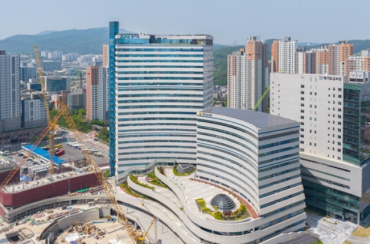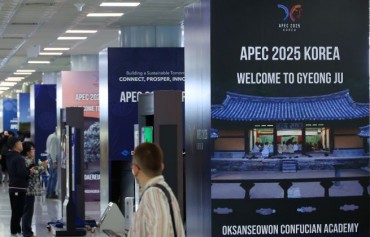
The study showed that public service examinations, commonly understood as an opportunity to get a job regardless of social status, can also be subject to inequality. (image: Korea Bizwire)
SEOUL, Oct. 15 (Korea Bizwire) — A recent study has revealed that the chances of passing a public service examination are proportional to household income.
The study showed that public service examinations, commonly understood as an opportunity to get a job regardless of social status, can also be subject to inequality.
According to a recent paper published by Kim Do-yeong, a student enrolled in a Master’s program at the Korea National University of Education, more people from households with lower income did choose to prepare for a public service examination.
The acceptance rate, however, turned out to be the opposite of what has been expected.
Kim received a data compilation of university graduates from the Korea Employment Information Service and divided them into 10 income groups to compare the acceptance rate and what grade position they had applied for.
The results revealed a stark difference between income groups.
While 8.7 percent of applicants in the lower income tier applied for a grade 9 position, only 1 percent applied for a higher grade 5 and 7 positions.
In contrast, 2.27 percent of those in the higher income tier applied for a grade 5 position, which is twice the number of applicants in the lower income tier.
Only 5.3 percent of those in the higher income tier applied for a grade 9 position, which is 3 percent less than the lower income group.
The acceptance rate of grade 5, 7, and 9 positions combined was 17.25 percent in the lower income tier, 19.97 percent in the mid-income tier, and 22.85 percent in the higher income tier, which shows a marked difference between each income level.
“While applying for a grade 9 position is seen as a good opportunity for those in the lower income tier thanks to the number of positions available, the overall employment structure in the public sector is stratified along the levels of each position,” said the paper.
“The responsibility of preparing for South Korea’s public service examination fully relies on the financial capacity of each applicant to invest in preparation, which may foster inequality among social groups.”
D. M. Park (dmpark@koreabizwire.com)






